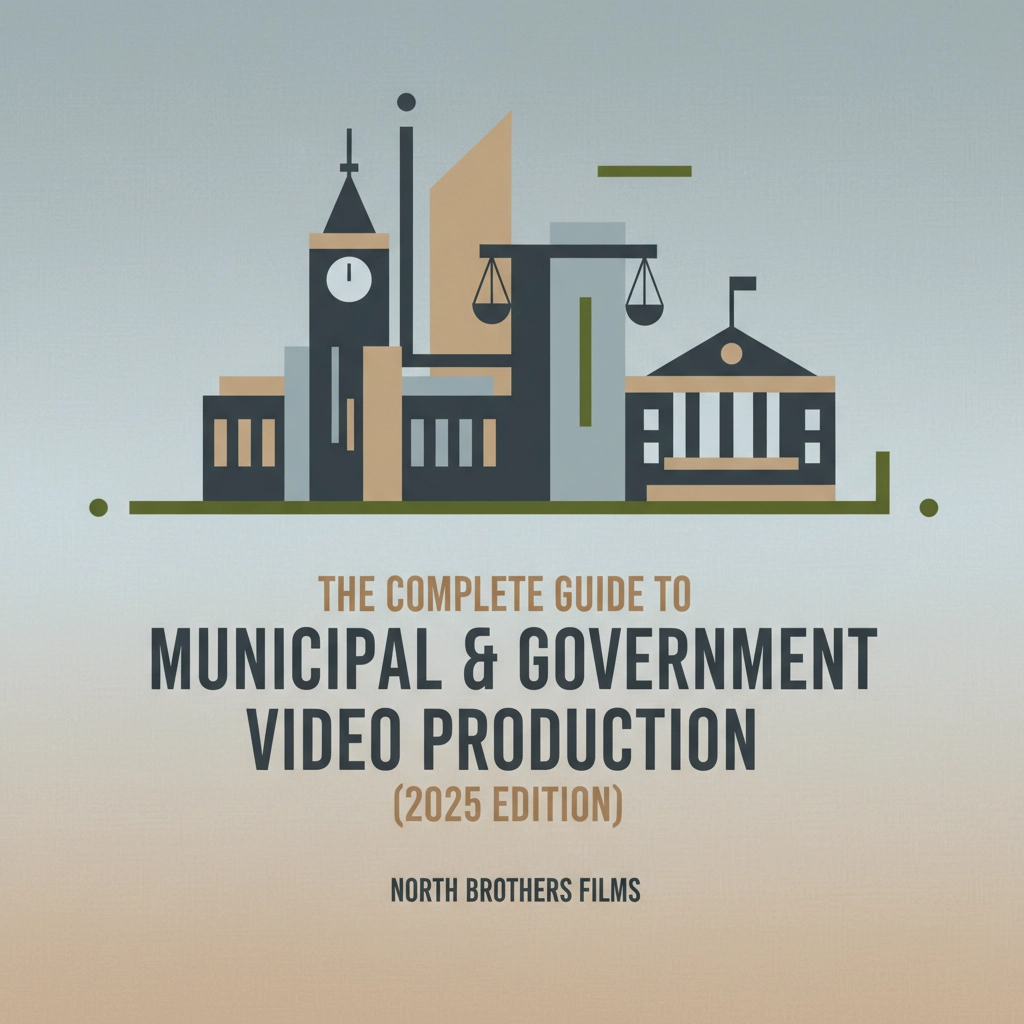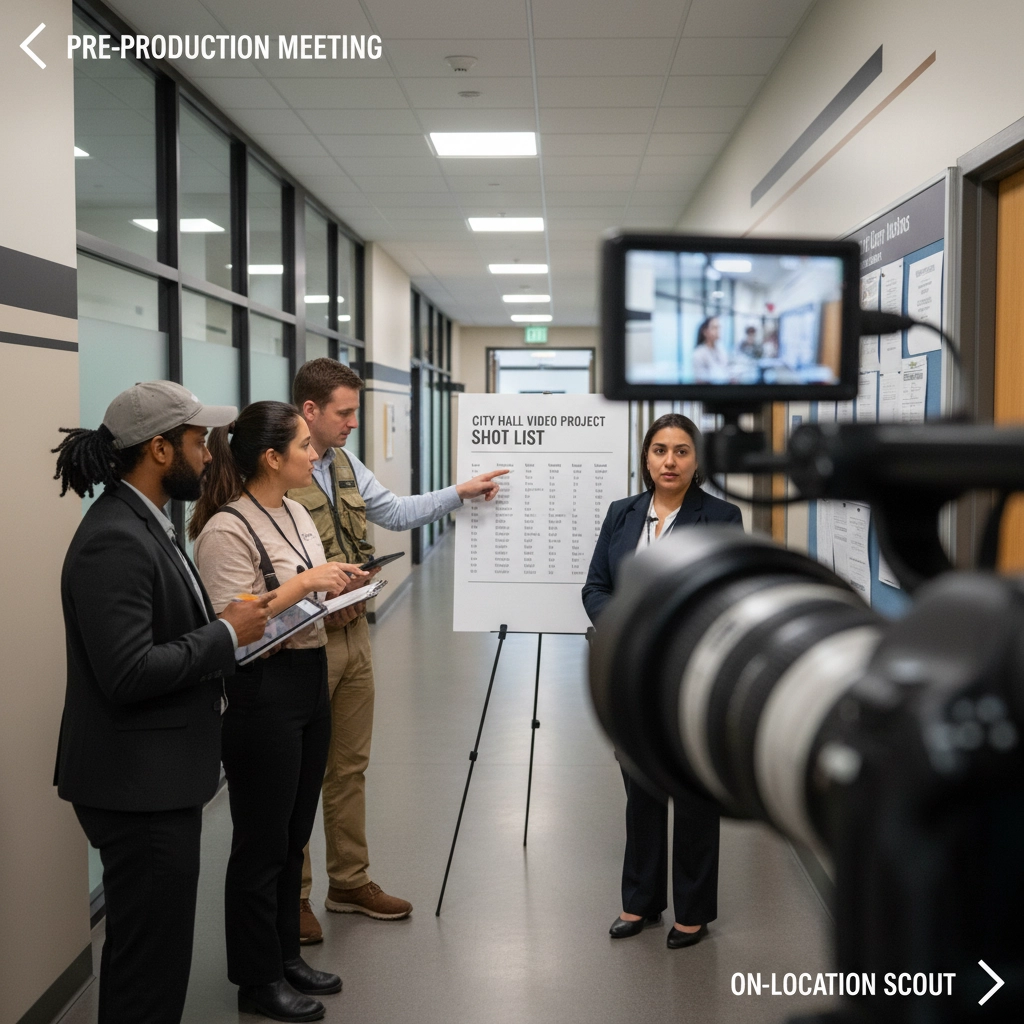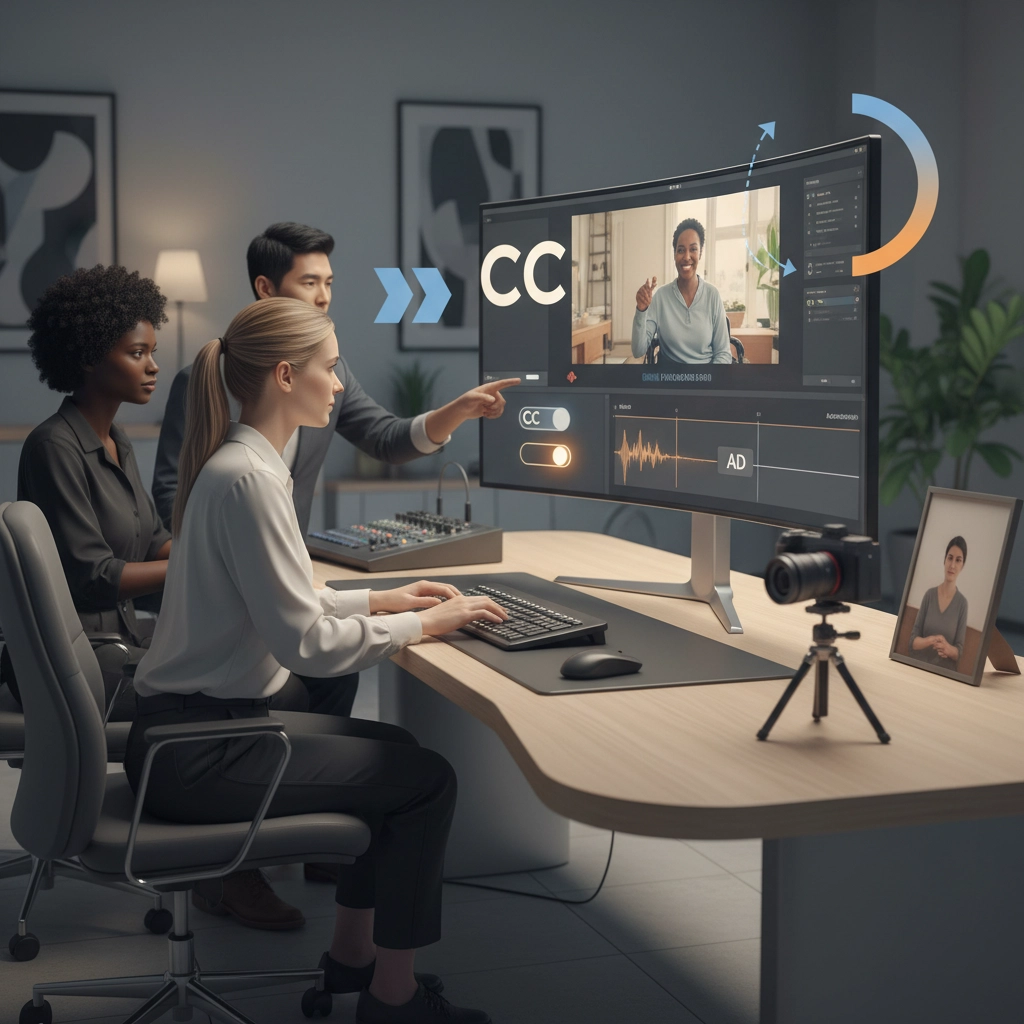The Complete Guide to Municipal & Government Video Production (2025 Edition)

Picture this: You're sitting in a city council meeting, watching yet another PowerPoint presentation about the new recycling program. Half the room is checking their phones, the other half is staring at the ceiling. Sound familiar? Here's the thing: your community has important stories to tell and vital information to share, but traditional communication methods just aren't cutting it anymore.
Welcome to 2025, where municipal video production has become the secret weapon for engaged, informed communities. But here's what most government officials don't realize: creating effective government video content is a completely different beast than your typical corporate video. It's time to break down exactly what makes municipal video production unique and how you can harness its power for your community.
Why Government Video Production is Playing by Different Rules
Let's get real for a moment. When you're creating video content for your municipality, you're not just trying to sell a product or boost brand awareness. You're serving the public, which comes with a whole different set of responsibilities and challenges that would make a corporate marketing team break out in a cold sweat.
Your audience is literally everyone. Think about that for a second: you can't target demographics like a typical marketing campaign. Your video about snow removal procedures needs to resonate with the 22-year-old college student AND the 75-year-old retiree. That's no small feat, and it requires a completely different approach to scripting and visual storytelling.
Compliance isn't optional: it's everything. While private companies might push creative boundaries, government videos must navigate a maze of regulations, accessibility requirements, and legal considerations. Copyright laws, privacy regulations, accessibility guidelines: they're all part of your daily reality. Miss one detail, and you could find yourself in hot water faster than you can say "public records request."

Transparency is your superpower and your challenge. Every dollar spent, every decision made, every message communicated is under public scrutiny. This means your video production process needs to be bulletproof from a documentation and accountability standpoint. But here's the silver lining: this transparency can actually strengthen community trust when done right.
The Municipal Video Production Process: A Step-by-Step Journey
Phase 1: Strategic Planning That Actually Makes Sense
Before anyone picks up a camera, you need crystal-clear objectives. Are you explaining a new policy? Promoting community engagement? Addressing public safety concerns? Your video's purpose will determine everything from tone to distribution strategy.
Start by asking yourself: "What does success look like for this video?" If your answer is "more views," you're thinking like a YouTuber, not a public servant. Success might mean increased attendance at town halls, better compliance with new regulations, or simply fewer confused phone calls to city hall.
Phase 2: Creative Development with Guard Rails
Here's where things get interesting. You want engaging content that captures attention, but you can't sacrifice accuracy or professionalism. The sweet spot? Storytelling that puts human faces on policy impacts.
Instead of explaining the new water conservation ordinance with charts and graphs, show Mrs. Johnson from Oak Street talking about how simple changes helped her reduce her water bill by 30%. People connect with people, not pie charts.
Phase 3: Pre-Production Planning (AKA The Detail Olympics)
Municipal video pre-production makes regular video planning look like a casual weekend project. You're coordinating with multiple departments, securing location permissions, arranging interviews with officials, and ensuring every participant understands their role and the message.

Pro tip: Build extra time into your timeline. Government approval processes don't operate on "startup speed," and that's actually a good thing. Those extra review cycles catch potential issues before they become public headaches.
Phase 4: Production Day: Balancing Professionalism with Personality
On filming day, your biggest challenge isn't technical: it's helping public officials and community members feel comfortable on camera. Most people aren't natural performers, and government employees especially tend to default to "formal presentation mode."
The magic happens when you capture authentic moments. Let your mayor tell that story about why they first ran for office. Show your public works team's genuine pride when they talk about keeping the streets safe. Authenticity builds trust in ways that perfect delivery never could.
Compliance and Accessibility: Your Non-Negotiables
Let's talk about the stuff that keeps municipal communicators up at night: making sure your video content meets every accessibility requirement and compliance standard.
Accessibility isn't an afterthought: it's part of the creative process. Every video needs closed captioning, audio descriptions, and compatibility with assistive technologies. But instead of seeing this as a burden, think of it as an opportunity to reach community members who might otherwise be excluded from important information.
Multi-language considerations are becoming the norm, not the exception. Depending on your community demographics, you might need Spanish subtitles, or even completely separate versions in different languages. Plan for this from the beginning: it's much easier than trying to retrofit accessibility after production.

Security protocols matter more than you think. Government facilities, sensitive information, and public officials all require special handling. Background checks for crew members, secure handling of footage, and careful consideration of what appears in the background of shots: it's all part of the territory.
Distribution Strategy: Getting Your Message Where It Needs to Go
Creating great content is only half the battle. Your distribution strategy needs to meet people where they are, not where you wish they were.
Multi-channel approach is essential. Your video needs to live on your municipal website, social media channels, local cable access, and possibly even be available for community organizations to show at their own events. Each platform might need different formats or lengths, so plan accordingly.
Community partnerships amplify reach. Work with local organizations, schools, and businesses to help spread important messages. That recycling education video becomes much more effective when it's also playing in the waiting room of the local clinic and shown at PTA meetings.
Measuring Success: Beyond Views and Likes
Here's where municipal video production gets really interesting. Success isn't just about engagement metrics: it's about real-world impact. Did more people attend the budget hearing after your explanatory video series? Are there fewer noise complaints after your construction project communication video?
Track both quantitative metrics (views, shares, completion rates) and qualitative indicators (community feedback, behavior changes, reduced calls to departments). The combination gives you a complete picture of your video's effectiveness.
Making It Work for Your Community
The truth about municipal video production is this: it requires patience, planning, and a genuine commitment to serving your community's communication needs. It's not about going viral or winning creative awards: it's about building informed, engaged communities through clear, accessible communication.
Ready to start telling your community's story through video? The process might seem daunting, but remember: you don't have to figure it all out alone. Working with experienced video production professionals who understand the unique requirements of government work can make all the difference between a project that meets compliance requirements and one that truly connects with your community.
Your residents deserve clear, engaging communication about the issues that affect their daily lives. With the right approach to video production, you can deliver exactly that: and maybe even make those city council meetings a little more interesting in the process.
